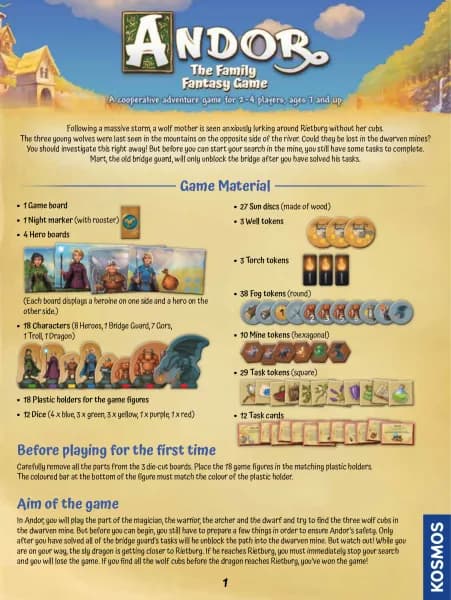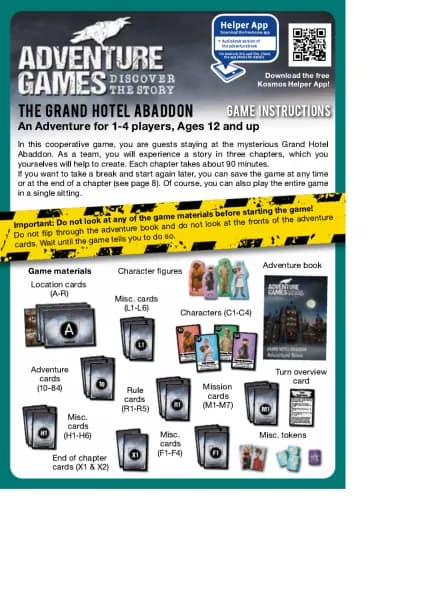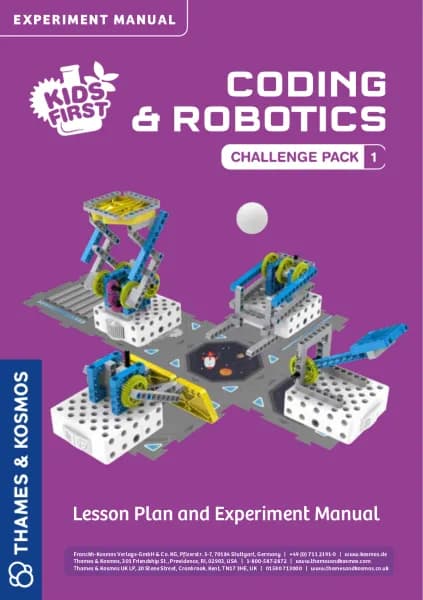Thames & Kosmos Perfume Science handleiding
Handleiding
Je bekijkt pagina 32 van 36

30
>
A professional “nose” can tell
more than 2,000 fragrances apart
and perceive up to 10,000 smells.
>
A perfume consists of 60 to 100
ingredients on average. Some have as
many as 700 different ingredients!
>
There are about 400 perfumers in
the world; about half of them live in
the USA.
>
The most expensive raw material
used in perfume making is extracted
from iris roots, called Orris. It costs
about $50,000 for 500 grams, or
about 1 pound.
>
On an average day, our nose has to deal
with more than 40 different fragrances
from such things as shampoos, soaps,
lotions, and deodorants.
>
Women generally have a better
sense of smell than men. But for both
genders, the sense of smell begins to
diminish from age 40.
> “
4711 Genuine Eau de Cologne”
is one of the oldest and most
successful fragrances still used today.
It was designed more than 200 years
ago.
FUN FACTS ABOUT FRAGRANCES FROM
AROUND THE WORLD!
DID YOU
KNOW...
> All bottles must always be
closed immediately. The pure
perfume oils have such an intensive
fragrance that they could disturb the
creation of new perfumes. And it would
not be good if they were to tip over and
spill.
> Always smell compositions as clean
mixtures of the perfume oils. Only add
Finalio when the mixing of perfume oils is
finished.
> Never add more than twice the volume
of Finalio to a perfume mixture. Otherwise
the smell will be too weak and the
perfume too dull.
> Note the quantities (drops) for your
perfume oils and Finalio so that you can
make the same perfume another time or
adjust it.
> During breaks, always cover the
measuring cups containing your current
composition with lids and ventilate the
work area.
> Pour finished perfumes into flacon
(with a funnel) or into mini-flacons (with
a pipette). Close them tightly. For the
flacon there is a threaded cap and an
atomizer. With this atomizer the perfume
can be distributed in very fine quantities.
For the mini-flacons there are threaded
caps with a pin. Perfume can be applied to
skin with this pin.
> Try out the atomizer on blotting paper
to observe the fine distribution on a rather
large surface.
> Write on the labels before you attach
them. Before attaching them, de-grease
the flacons or mini-flacons with Finalio.
> Rinse pipettes, measuring cups, and
stirrers immediately after use with soapy
water. Flush the pipettes with clean water
only. Especially stubborn fragrances can be
removed with Finalio.
> Used smell strips and cotton pads should
be put in small plastic bags and disposed
of in a garbage can with cover.
FOLLOW ALL OF THESE RULES TO
BECOME A MASTER PERFUMER!
THE LAWS
OF
PERFUME
DESIGN
Bekijk gratis de handleiding van Thames & Kosmos Perfume Science, stel vragen en lees de antwoorden op veelvoorkomende problemen, of gebruik onze assistent om sneller informatie in de handleiding te vinden of uitleg te krijgen over specifieke functies.
Productinformatie
| Merk | Thames & Kosmos |
| Model | Perfume Science |
| Categorie | Niet gecategoriseerd |
| Taal | Nederlands |
| Grootte | 9865 MB |







